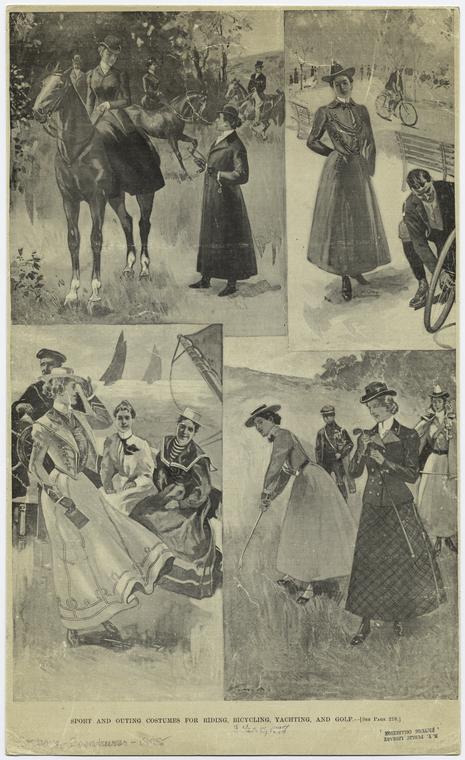
If pickleball were trending in the Victorian era rather than today there would have been a very prescribed outfit for playing it. Instead, we ladies throw on whatever is clean and comfortable and then head to the park. Sporting and outdoor leisure for females was a new concept in the 1800s, and etiquette experts scrambled to decide what was acceptable dress. Opinions would change quickly, with women being able to enjoy outdoor sports in new ways. What a fun time it must have been to be a woman!
The evolution of women in the public space during the 19th century is a particular interest of mine. Now that I myself am enjoying more outdoor sports, thanks to the weather in Denver finally cooperating, I thought I would look at the socially-acceptable ensembles for more of these new activities: tennis, croquet, and boating.
We have covered women, sports, and clothing on the blog before. Want to learn more? Check out these posts:
How Crazy Was the Bicycle Craze?
Victorian riding habits: more than meets the eye
Tennis
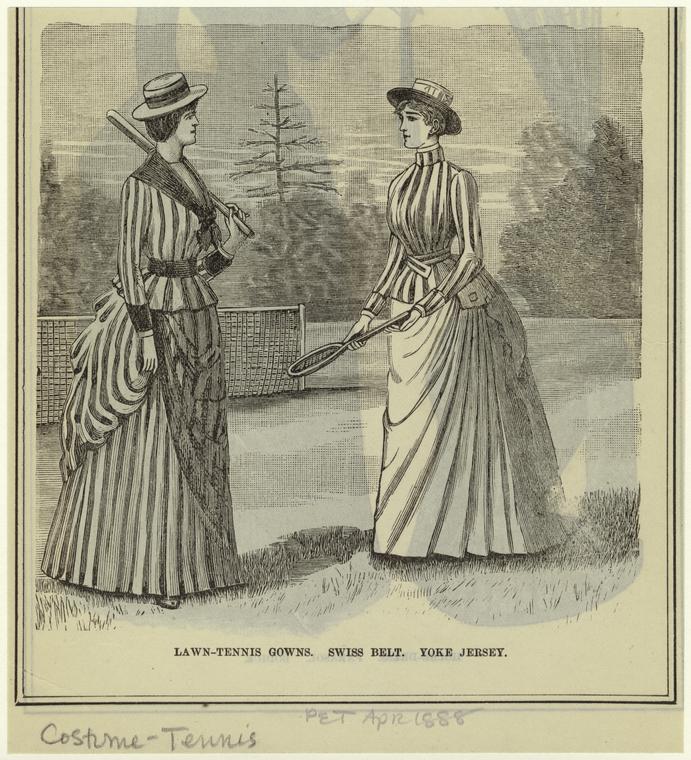
A Major Walter Wingfield is credited for inventing tennis in 1873. As with other sports and outdoor activity, women were discouraged from playing at first, and for fairly obvious reasons. It caused them to be largely unattended in public, to exert themselves in front of others, and lacking a proper uniform, the clothing of the day was hardly suited for lunging after a ball.
The attitude around women and tennis was to quickly change. In 1882 The Lawn Tennis Guide overwhelmingly supported women to pick up the book and play. The opening pages read:
“Seriously, we must think this matter over. What is to be the future of tennis if a champion or quiet player cannot last more than three seasons at anything more difficult that baby-play? Is the game then so severe and it exactation so stern, that few sturdy women can stand its test? One sees weak, small, ill-muscled men strive to grow stout of limb and broad of chest at tennis; what is the reasons women must be denied its benefits?” [sic]
As with every other sporting activity that opened to women, they emerged on the scene in droves. Also following suit, in the initial years found women engaging in the sport in their everyday clothes. This would change, with a uniform altered to include loose shoulders and waist. To the untrained eye the differences may not stand out. What do you think?
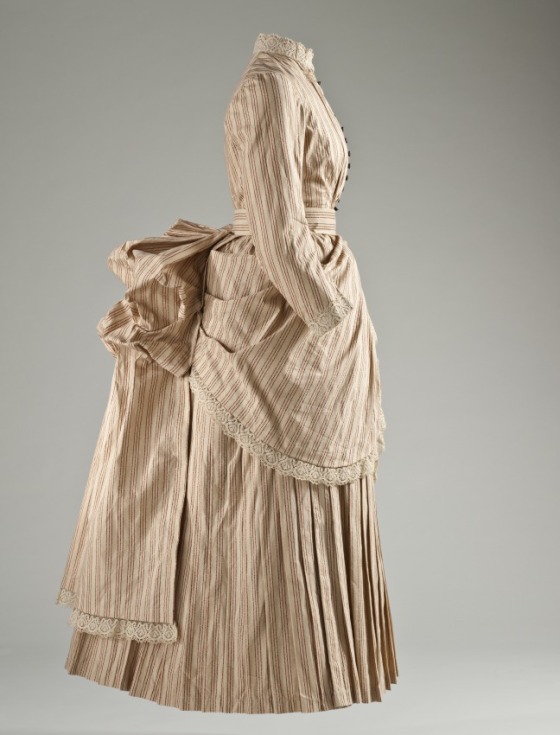
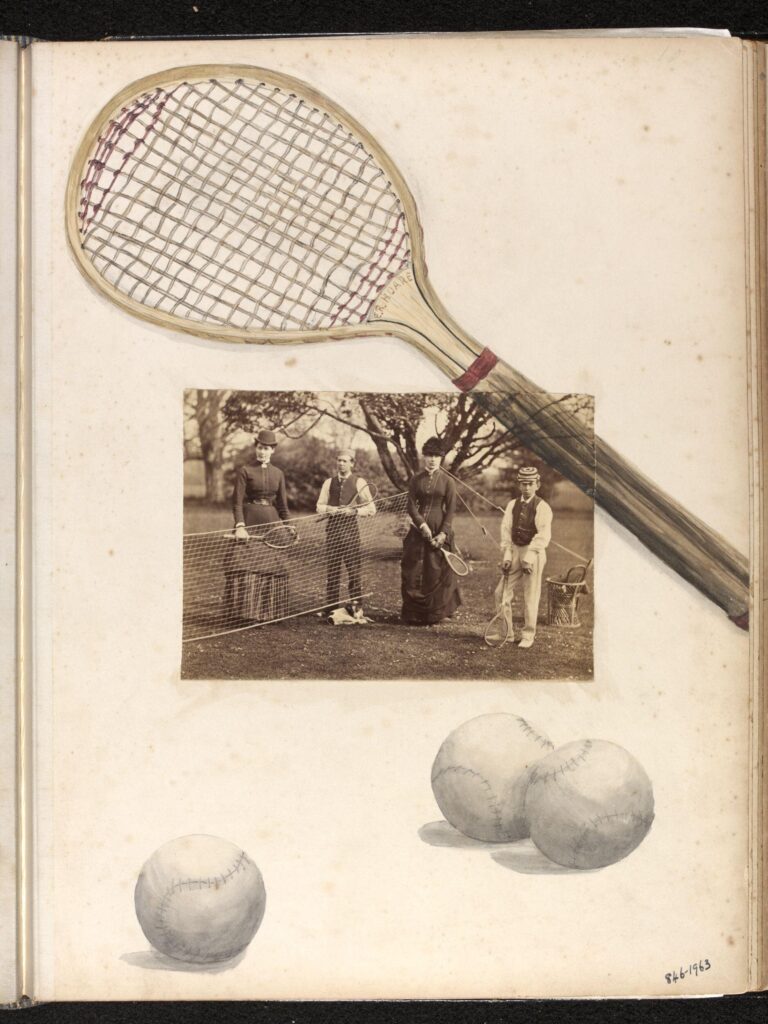
By the beginning of the century, the uniform would be completely transformed. Athletics & Out-Door Sports For Women, published in 1903 says of tennis ensembles:
“As to costume, looseness is the first and most important particular. The waist should not fit too tight, and it should be particularly free at the elbows and shoulders. The skirt should be short and stiff enough not to get in the way of the knees or to bend so much around them as to bind or interfere with the player when she is making a stroke or running to reach the ball. The shoes should fit the feet snugly, and not allow them to slip around inside. Many players wear low canvas slippers with rubber soles, and find them more comfortable and less tiring than leather-bound shoes. It is well to wear thick stockings even in summer, so that the toes will be protected from the shoes.”
Croquet
Croquet pre-dates both boating and tennis as a Victorian outdoor trend. It arrived in England in the 1850s from dubious origins. An 1868 issue of The Gentleman’s Magazine saying that it had “appeared somewhat suddenly about ten years ago, How it originated is at present a mystery.”
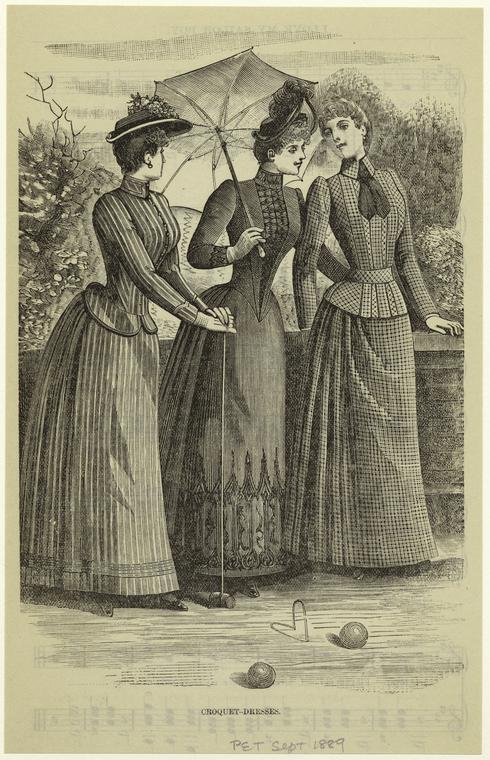
At first society and proper folk were more concerned about women’s conduct while playing croquet. This focus would fade more each year, with it soon becoming acceptable and fashionable. In fact, the 1870s The Art of Dressing Well addresses croquet clothing at length. Some of my favorite pieces of advice include:
“The dress must be made tight-fitting, without sacque or shawl, as a free motion of the arms is essential to skill and grace in the game. The skirt must be short, and to the boot, so much exposed in the game, while pretty and exquisite in fit, should have a substantial sole and be of stout leather or cloth.”
“Colors rather brighter than good taste will permit in the walking-suit, and admissible for the croquet-dress, and cool, thin materials are preferable, as it is certainly a warm-weather amusement, and require active exercise in the player.”
It will display to great advantage the skill of the lady in assorting colors to arrange a becoming and appropriate croquet dress. The surroundings are all bright, trees, bushes, flowers, sunlight, and gayety, so a sombre dress will be jarring to many of the party, while too much variety in the assortment of color is never in very good taste.” [sic]
I do love the idea of dressing to be complemented by one’s surroundings.
The most important thing about one’s croquet dress was that it should be shorter than everyday wear. This is highlighted in the images below.
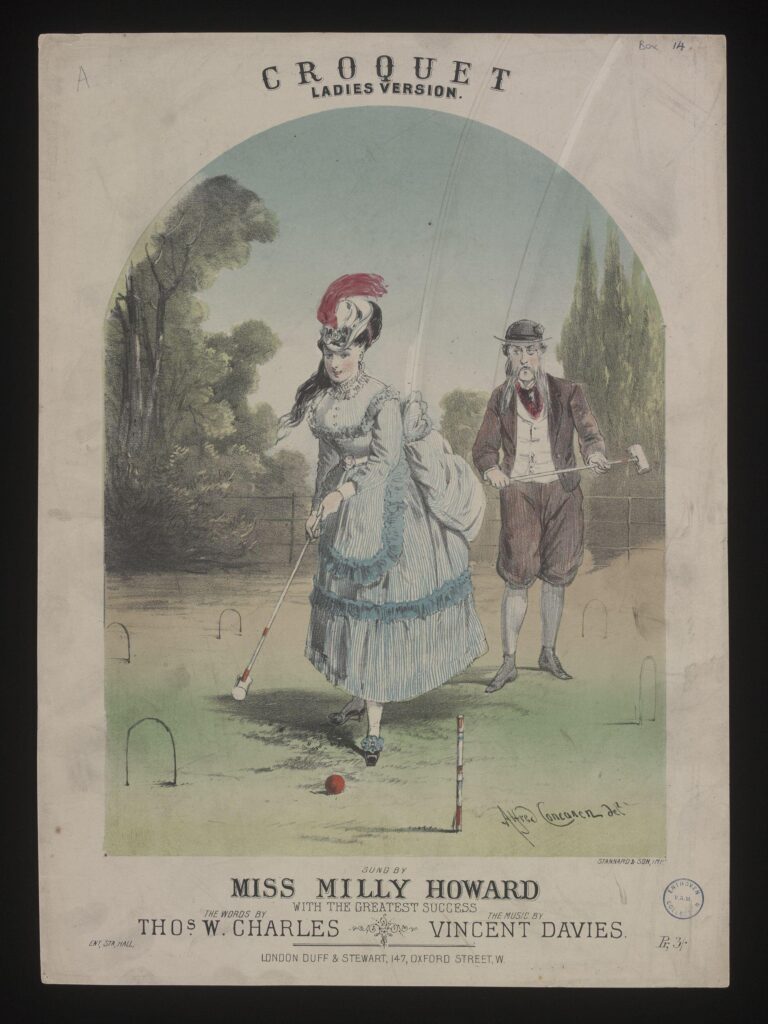
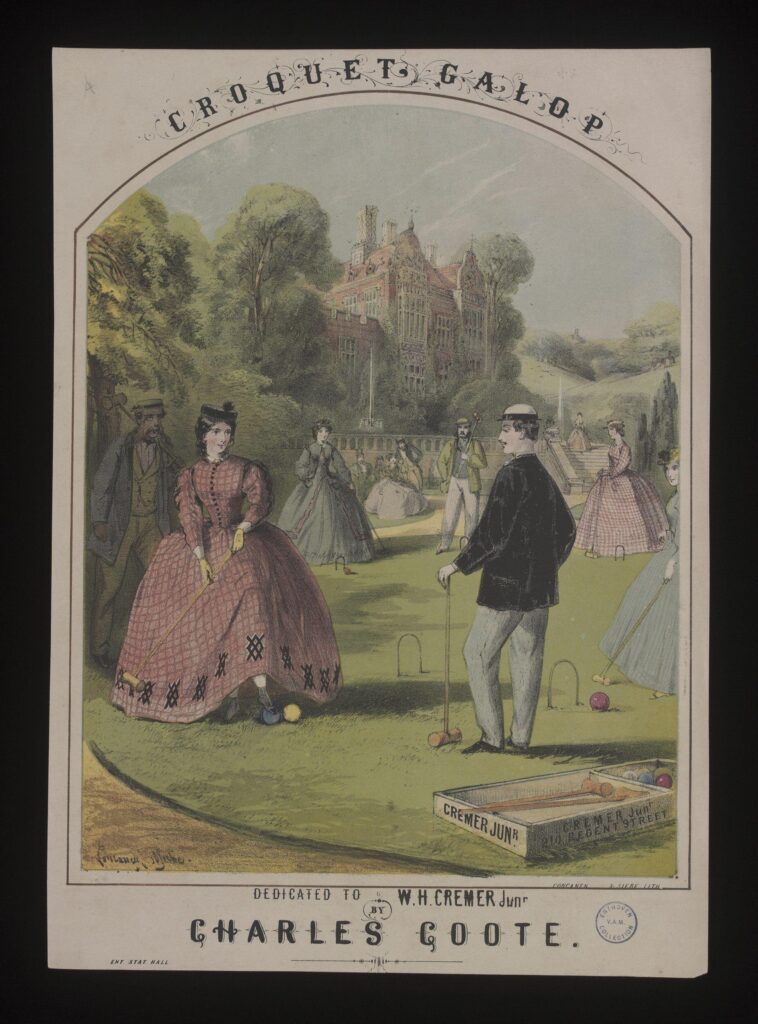
The Victorian croquet craze was crazier than you think! Read more: The Victorian Croquet Craze: crazier than you think
Boating
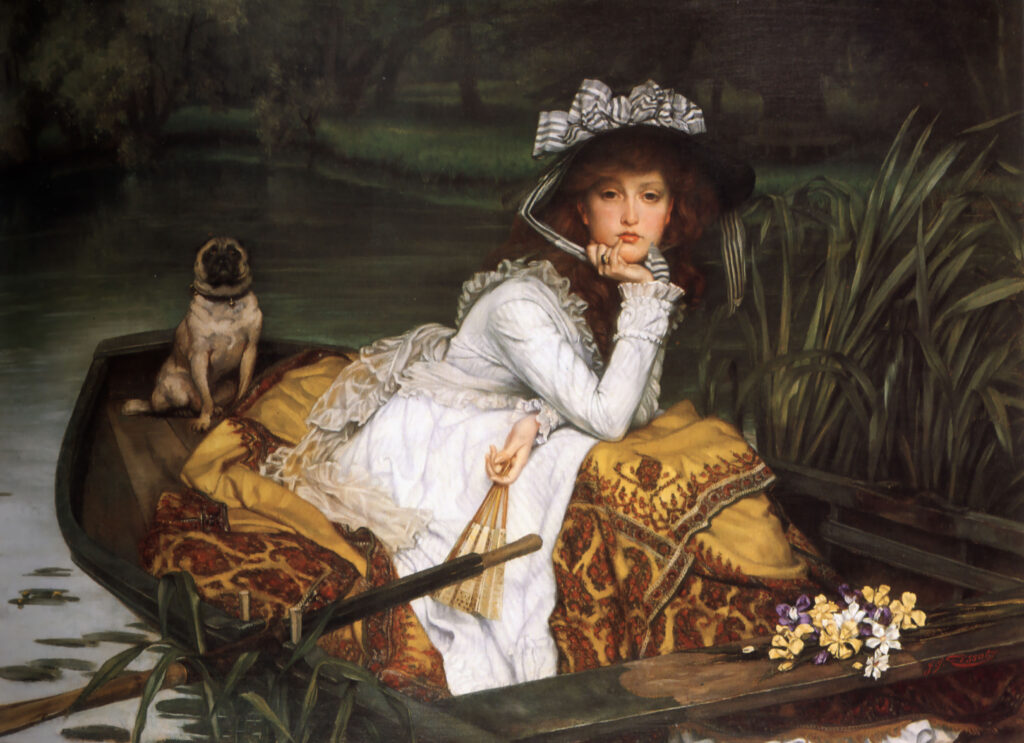
Have you ever seen a painting of a lovely, relaxed Victorian woman enjoying herself while being rowed around on a canoe? It was a popular image in the 1800s, with various on-water activities becoming more popular and more open for women. Canoeing, yachting, and cruising all became very chic things to do and of course, there was an outfit to match. An 1878 edition of What to Wear and How to Make It recommends:
‘“Coaching” costumes admit of all bright colors, vest of one shade, coat of another, and as dashing a hat as the style of the wearer will admit, gay plumes, bright flowers, and brilliant cravats are one and all admissible, while wraps–the brighter the better–are indispensable…Of course, the neck of the corsage should be close and high, and the sleeves long, with gauntlet gloves, and it the lingerie is of linen instead of lace, it will be more appropriate.”
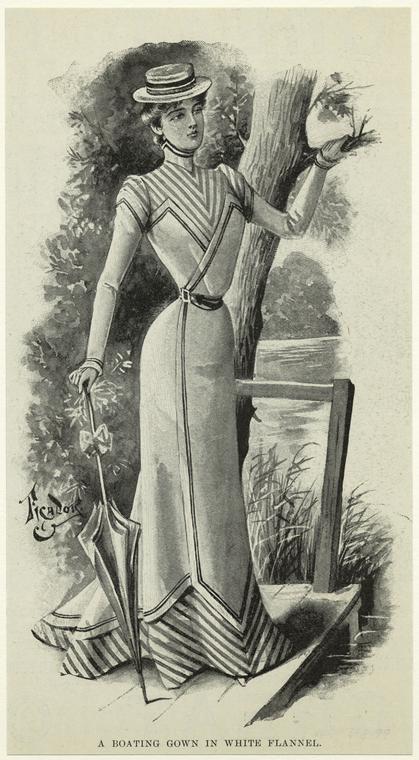
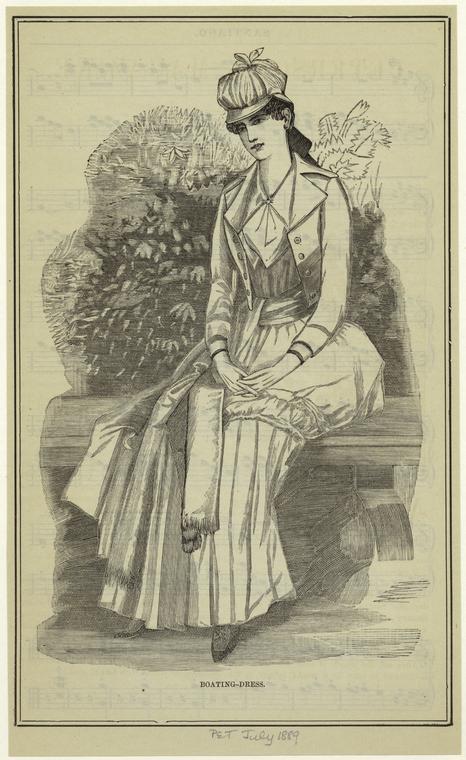
The Metropolitan Museum of Art says this of “coaching costumes”:
It gradually became more acceptable for women to participate in sporting activities throughout the second half of the 19th century. Clothing requirements for most sporting remained strict towards retaining foundation garments such as corsets and bustle, which were thought to stabilize women’s frail and weak forms. This example would have been worn for tennis, yachting or general seaside walking. Striped textiles were fashionable for such activities, probably due to the nautical theme and their jaunty air which inspires vigor. Although the silhouette remained the same, with the exception of the shorter, more maneuverable length, the trimmings were reduced. This is a striking example of this type of dress, which is fairly rare in museum collections.
Below is the example:
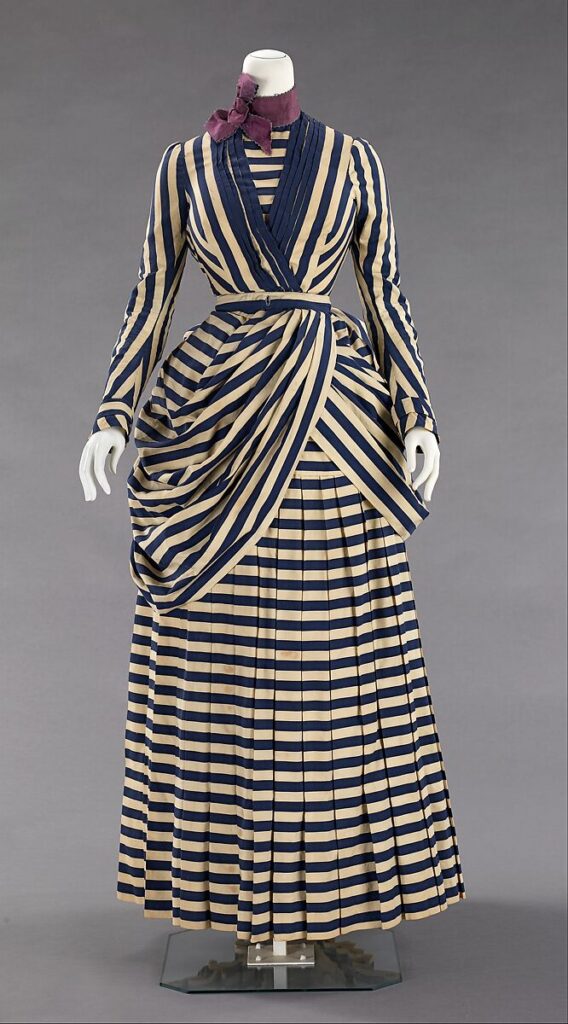
Of the below boating outfit The V&A Museum website reads:
“This is a jaunty, sensible woman’s outfit of the early 1870s designed for boating or seaside walking. A hemline just at the ankle indicates a garment intended for walking outdoors. The style of the dress has been inspired by the colours and stripes of sailors’ uniforms. It is made of cotton, so it is easily washed and dried. Despite its practical use, the ensemble still incorporates the details of fashionable dress, with an overskirt in front and a bustle worn underneath at the back.”
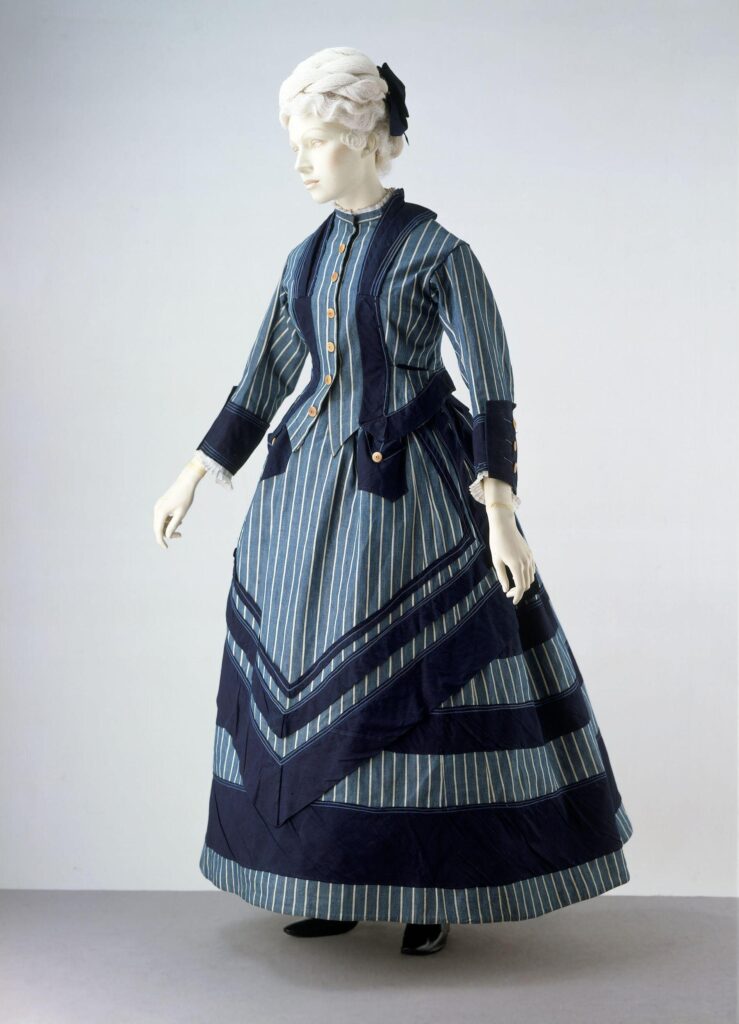
Is there a sport or activity from the past that you would like me to explore on the blog? Let me know in the comments.
And if you like this post please share it with others.

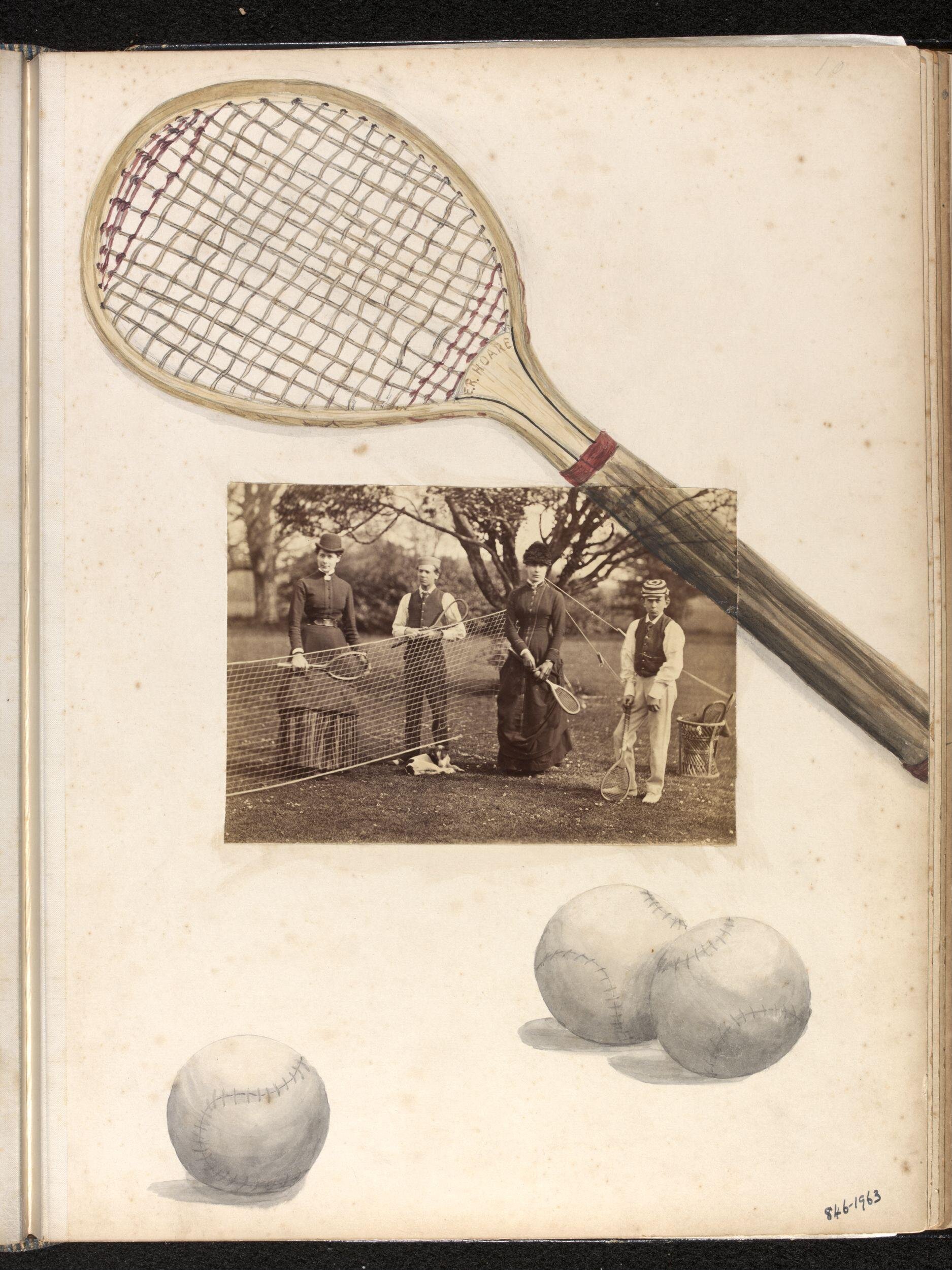


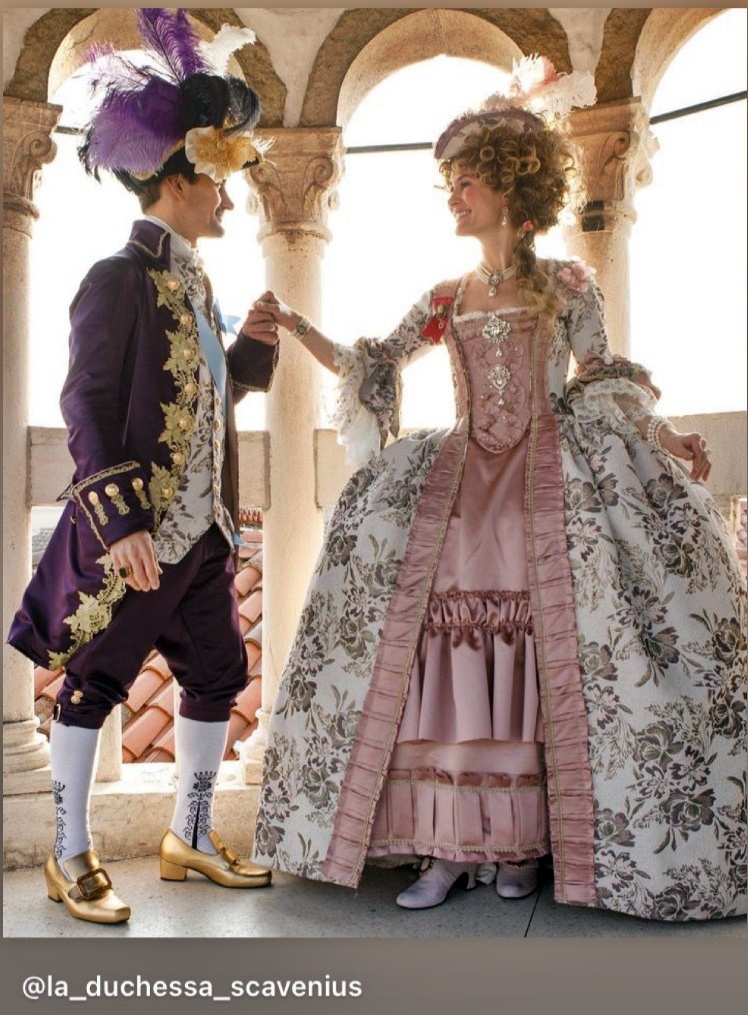

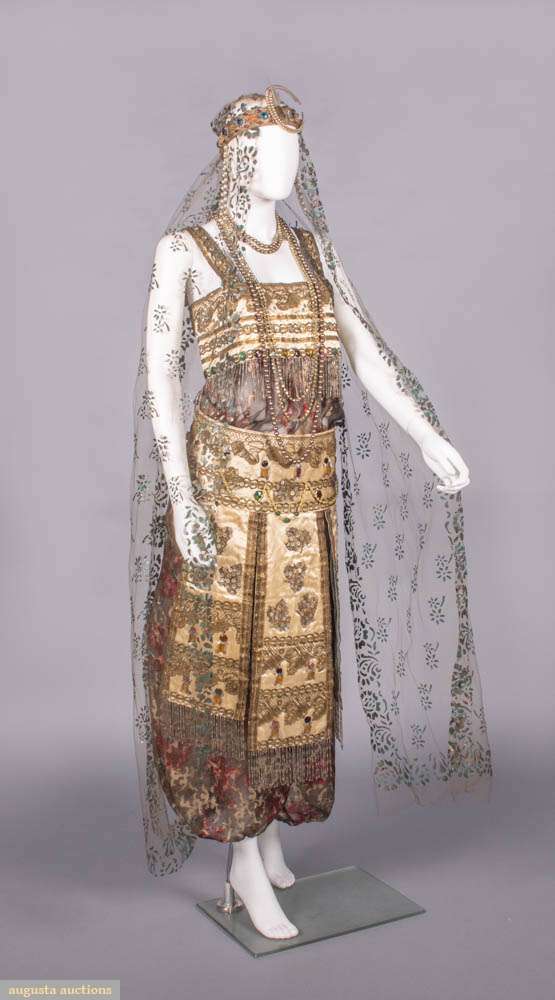
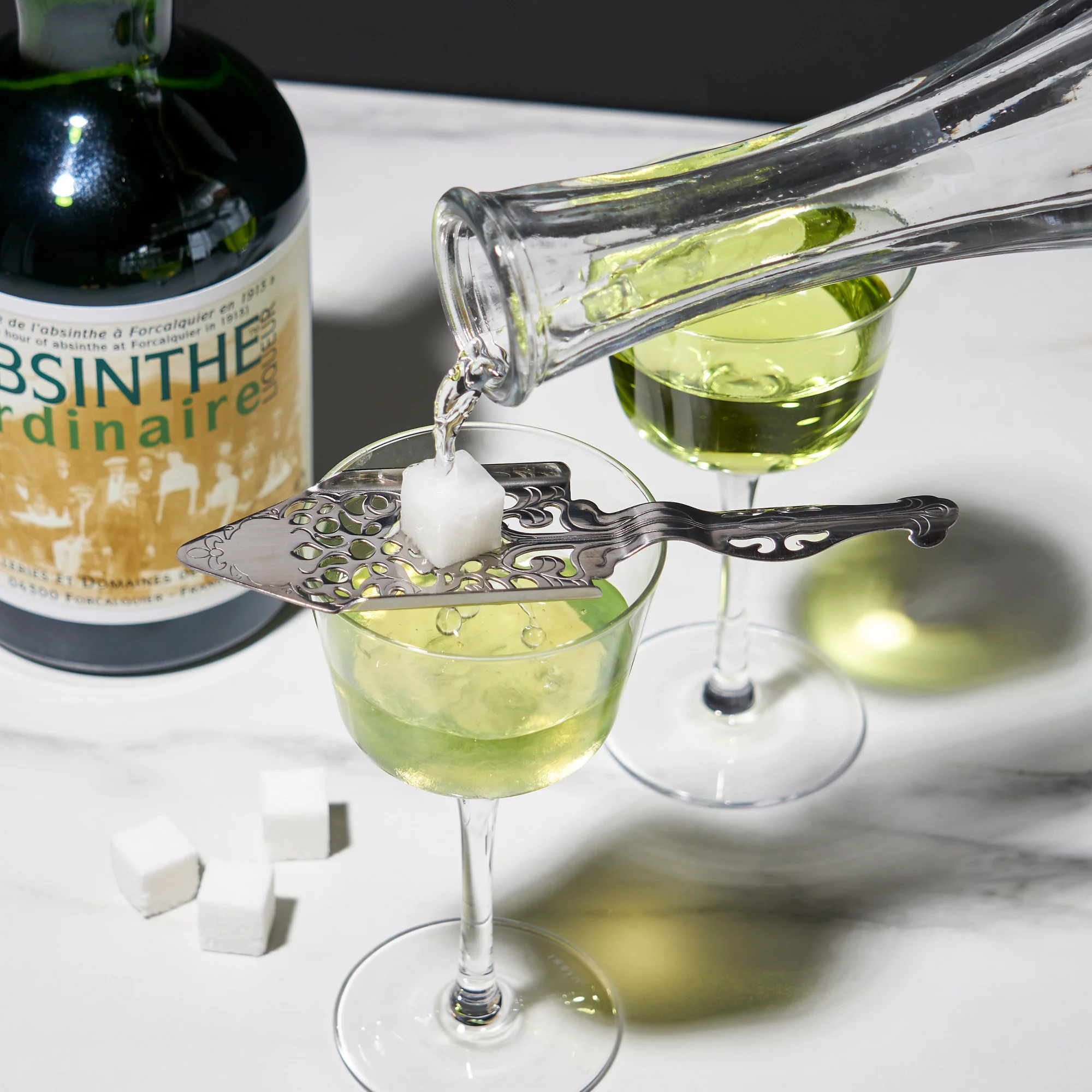



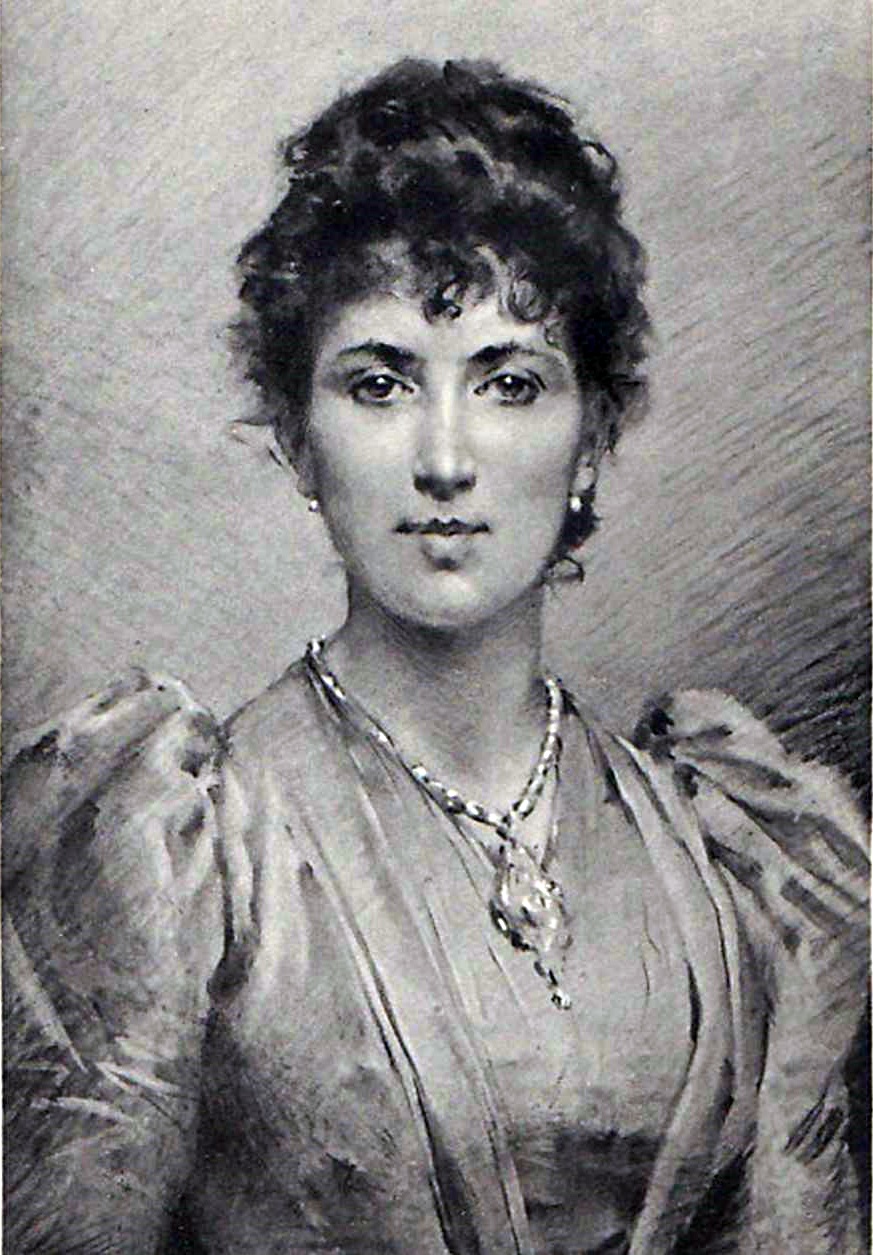


Leave A Comment